Old Galway
GALWAY FOLKLORE
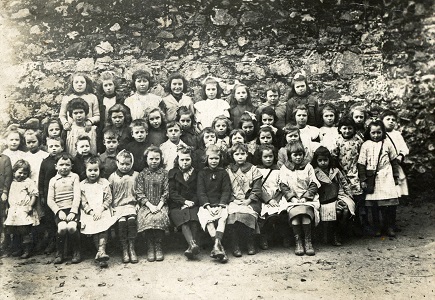
by Tom Kenny
Over 300 primary school teachers attended a conference in Tuam in 1937, 80 years ago tomorrow, to launch the School’s Folklore Collection in Galway County. This was a scheme which invited senior primary pupils, under direction, to go to the oldest person in their community or their grandparents to collect folklore and folk life traditions relating to their own area. Caitríona Hastings has just published a book in which she has selected material from this project which was gathered by pupils of 14 schools in Galway and environs. They are Menlo NS, Castlegar NS, Carrowbrowne NS, Barna, Bushypark, Presentation Convent, Convent of Mercy NS, Claddagh NS (boys), Claddagh (girls), St. Brendan’s NS, Claregalway (boys) & Claregalway (girls),Oranmore (boys) and Oranmore Convent.
GALWAY CITY CHALLENGE HURLING CUP
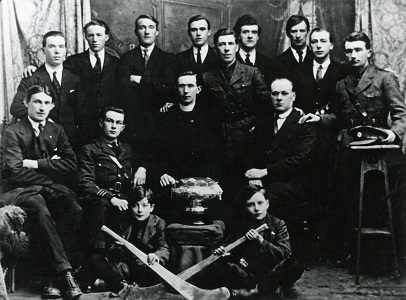
by Tom Kenny
As nationalist sentiment was rising in the early years of the last century, a new generation of GAA officials emerged who were zealous in their belief in the transformative power of the GAA and they saw themselves as engaged in a project of national liberation. Some GAA tournaments were staged as part of a pro-Boer campaign. Police reports noted, “The ambition it seems to get hold of the youth of the country and educate them in rebellious and seditious ideas”, a somewhat hysterical interpretation of the GAA ban on foreign games.
MINUTES OF AN HISTORIC MEETING
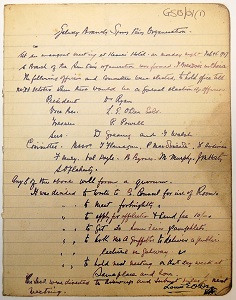
by Tom Kenny
Our illustration today is of the minutes of the inaugural meeting of the Galway City Branch of Sinn Féin which was held in Keane’s Hotel, Eyre Square on February 15th, 1907. T Breathnach was in the chair.
THE LION’S TOWER
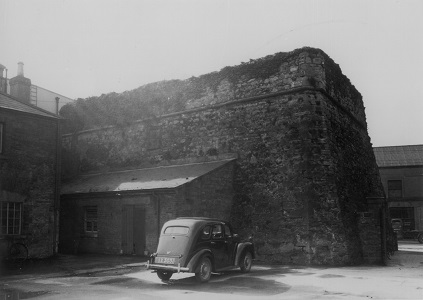
by Tom Kenny
The Lion’s Tower was part of the old city wall. In the last century, it was situated on Eglinton Street between the Garda Barracks and the Savoy Cinema. Our photograph today, which we show you courtesy of the Board of Works, dates from about 1950 and shows the tower as seen from the yard beside the barracks.
Salerno Class of 1987
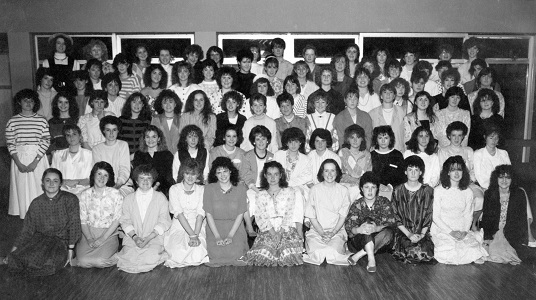
by Tom Kenny
In 1962, the Sisters of Jesus and Mary decided to set up a special class in their national School, Scoil Íde, in Árd na Mara. This class was known as ‘Secondary Tops’ and was designed to move the girls into secondary level. On September 1st 1965, the nuns opened a new secondary school in a house named ‘Salerno’ on Revagh Road, Rockbarton. They had 65 pupils.. The school gained in popularity, the population increased and there was no room for expansion, so the nuns found a new site on Threadneedle Road and moved into a brand new building there in 1981.
MADDEN’S NURSERIES
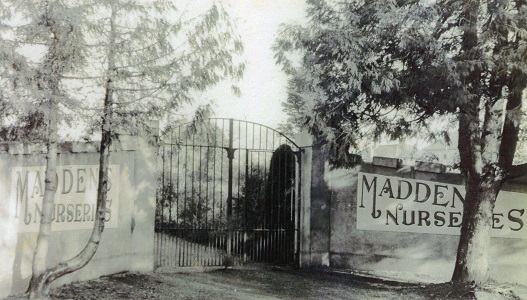
by Tom Kenny
Michael Madden came to Taylors Hill from the Ballinasloe area c.1898. His family had been in the nursery business there since the 1830’s, and in Laurencetown before that again. He leased the land in Taylors Hill from Colonel Courtney. In 1902, his brother James and his wife Elizabeth came to live there also, and a few years later, on Michael’s death, took over the running of the nurseries.
MAINGUARD STREET
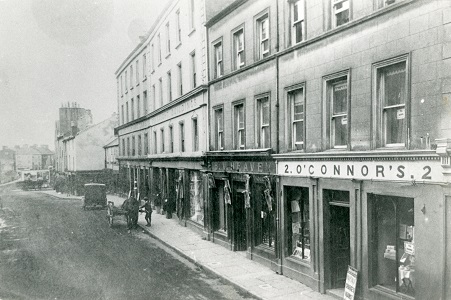
by Tom Kenny
There was no problem parking on Mainguard Street when this turn of the century photograph was taken. The building to the right was O’Connor’s Confectioners and tearooms. They obviously sold newspapers there as well and there was a rate collector’s office in part of the premises. The building was later taken over as a news agency by Mick Holland until it and several others along the street were destroyed in a disastrous fire in May 1967.
GALWAY HURLERS, THE 1950 TEAM
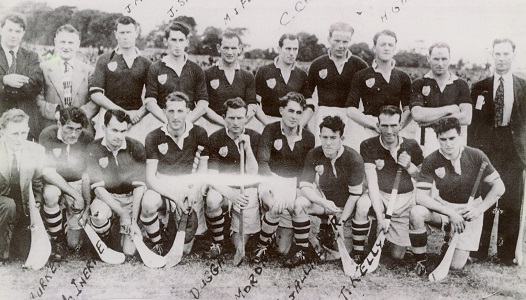
by Tom Kenny
Galway featured in the first ever All-Ireland hurling final in 1887 when they were beaten by Tipperary. Their first victory in a final came in 1924 when they won the 1923 decider. They played that day in blue and gold colours. They were known on other occasions to tog out in black and amber jerseys. In the 1930’s the GAA decided that each county should adapt their own colours and as UCG had won the Sigerson that year, and their captain was on the County senior team, it was decided that Galway would play from then on in maroon and white, the colours of UCG.
